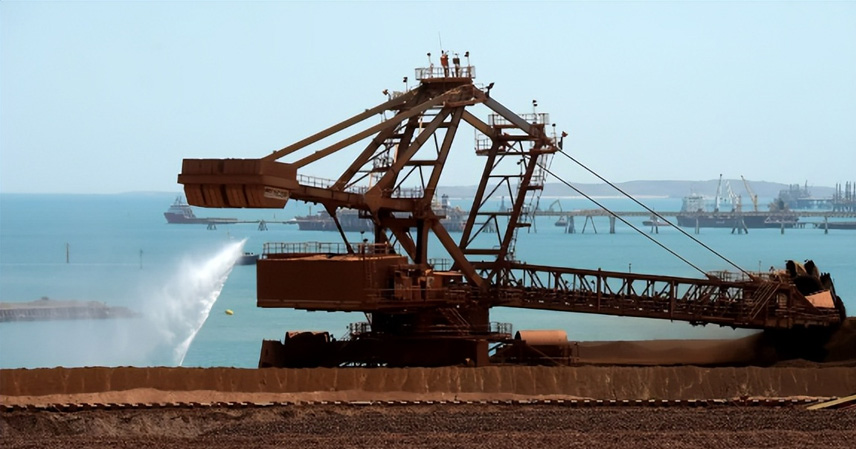Since former U.S. President Donald Trump imposed tariffs on Chinese steel, the global steel trade has been caught in a cycle of retaliatory measures. The U.S. initially targeted Chinese exports, but soon realized that steel imports from many countries were still linked to China’s supply chains. To tighten restrictions, Washington extended tariffs broadly, prompting allies such as Canada, the EU, India, Japan, and South Korea to adopt their own duties on Chinese steel in order to avoid U.S. penalties.
In a recent turn, China has shifted its focus to the iron ore trade, targeting Australia, its largest supplier. Reports indicate that China Mineral Resources Group has asked domestic buyers to halt purchases of BHP’s dollar-denominated seaborne shipments, even those already en route. This leaves Australia with two choices: either accept payment in Chinese yuan (RMB) — effectively a forced “de-dollarization” — or risk losing sales.
Australian Prime Minister Anthony Albanese described China’s move as “disappointing” and expressed hope for a quick resolution. The significance extends beyond bilateral trade: the U.S. dollar’s dominance in global commodity pricing and settlement, particularly in iron ore, has been a key foundation of its international influence. Iron ore is one of the world’s most traded industrial commodities, and China’s refusal to settle in dollars directly challenges this pillar of dollar hegemony.
Economists warn that if such practices spread, the U.S. may face higher borrowing costs, as global demand for dollar assets weakens. This could push up Treasury yields, expand fiscal deficits, and add inflationary pressure through more expensive imports.
From a settlement perspective, China has already initiated yuan-denominated pilot transactions with Australia, reportedly worth $5 billion. This bypasses the U.S. dollar and the SWIFT payment system, reducing China’s foreign exchange outflow and limiting the effectiveness of potential U.S. sanctions. If this model expands to other bulk commodities like coal and natural gas, it could further erode the dollar’s share in Asia-Pacific trade and global foreign exchange reserves.
For Australia, the impact is immediate. Mining exports account for around 60% of its GDP, with iron ore being the single largest contributor. Losing significant market share in China may leave Australian mining companies with idle capacity and shrinking revenue, weakening Canberra’s ability to serve as a stable resource supplier to Washington.
Meanwhile, China is diversifying supply by sourcing more from Brazil and Africa, while also promoting RMB-based settlement with these partners. This diversification not only reduces reliance on Australian ore but also intensifies global competition for emerging resource markets. For the U.S., this creates an additional challenge: its domestic refining capacity for key minerals remains weak, with sectors such as rare earths almost entirely dependent on imports. Shifts in the Sino-Australian trade structure may therefore heighten risks to U.S. resource security.
In summary, China’s iron ore payment policy has implications well beyond Australia. It intersects with U.S. monetary dominance, global supply chain stability, and the geopolitics of resource security, underscoring how commodity trade continues to reshape international power dynamics.
References
- Reports from international media and trade sources on Chinese iron ore import policies and U.S.–China trade tensions.



